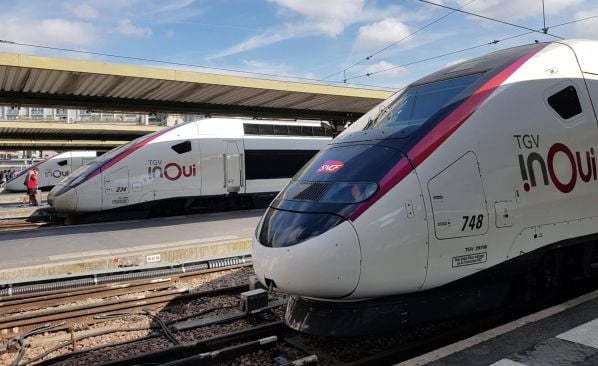Part of the issue/uncertainty/opportunity is probably that the generic aircraft ‘classes’ that have endured since the 60s and 70s have quite rapidly started to change.
Whereas these ‘classes’ were almost defined by Boeing 737, Boeing 727/757, Boeing 767, Boeing 777 and Boeing 747, that’s no longer the case so much.
The 747s are disappearing; 777 has become bigger and more efficient; 787 has become bigger than 767 and spectacularly more efficient; 727/757 has gone, and 737 has also grown in size and efficiency.
However, the 737 hasn’t extended far into 757 territory, and 787 has left 767 territory almost completely behind.
Airbus sees A321 LR being a 757 replacement that Boeing can’t itself fulfil, and A330 Neo as a more like-for-like 767 replacement than 787, with the latter’s higher (official) acquisition cost.
It’s almost as if Airbus is trying to position some models ‘half a class’ between what Boeing has ended up with, doing so quite cheaply with tweaked models whose development costs are almost completely already covered.
I can definitely agree to a certain extent... It’s definitely true that during the 1960s and 1970s, the aircraft market astly different to what we see now.
Whilst I lean more towards Boeing, I don’t think you give credit to Airbus where it’s due... The Airbus A300 whilst a slow seller became the first successful twin-engine wife-body jet, the Boeing 767 enhanced the twin-engine design. The A320 family proved to be far more versatile than the Boeing 737, it’s no wonder the Airbus A321 continues to outsell the largest Boeing 737s.
Boeing has made modifications to their end-of-line Boeing 777-300ERs, their earliest best sellers such as the Boeing 777-200ERs has seen airlines go for the Airbus A330 as Airbus finally saw the foresight to increase the MTOW of the airframe. Indeed, the Airbus A330 was designed to be under-optimised against the Airbus A340, but that changed when it ended production in 2010. Today’s Airbus A330 are far more capable compared to the earliest examples, hence them becoming more easier to find work in the second-hand market.
The only market the Boeing 787s take-over from the Boeing 767 is the smallest variant, the 787-8; otherwise the Boeing 787-9/10s goes into the lower ends of the Boeing 777. The Airbus A330neo was never designed to replace the Boeing 787 but to compete against it and the only Boeing 767s they are replacing are Delta’s in the near future.
The end of the Boeing 747 as a passenger aircraft is certainly cemented, as a freighter with final deliveries for UPS still shows some slim demand left.
Both Airbus and Boeing are guilty of doing ‘half a class’, Airbus has proven to be somewhat better at it. The pretty much dominate the narrow-body market whilst they streamline their wide-body offerings.

